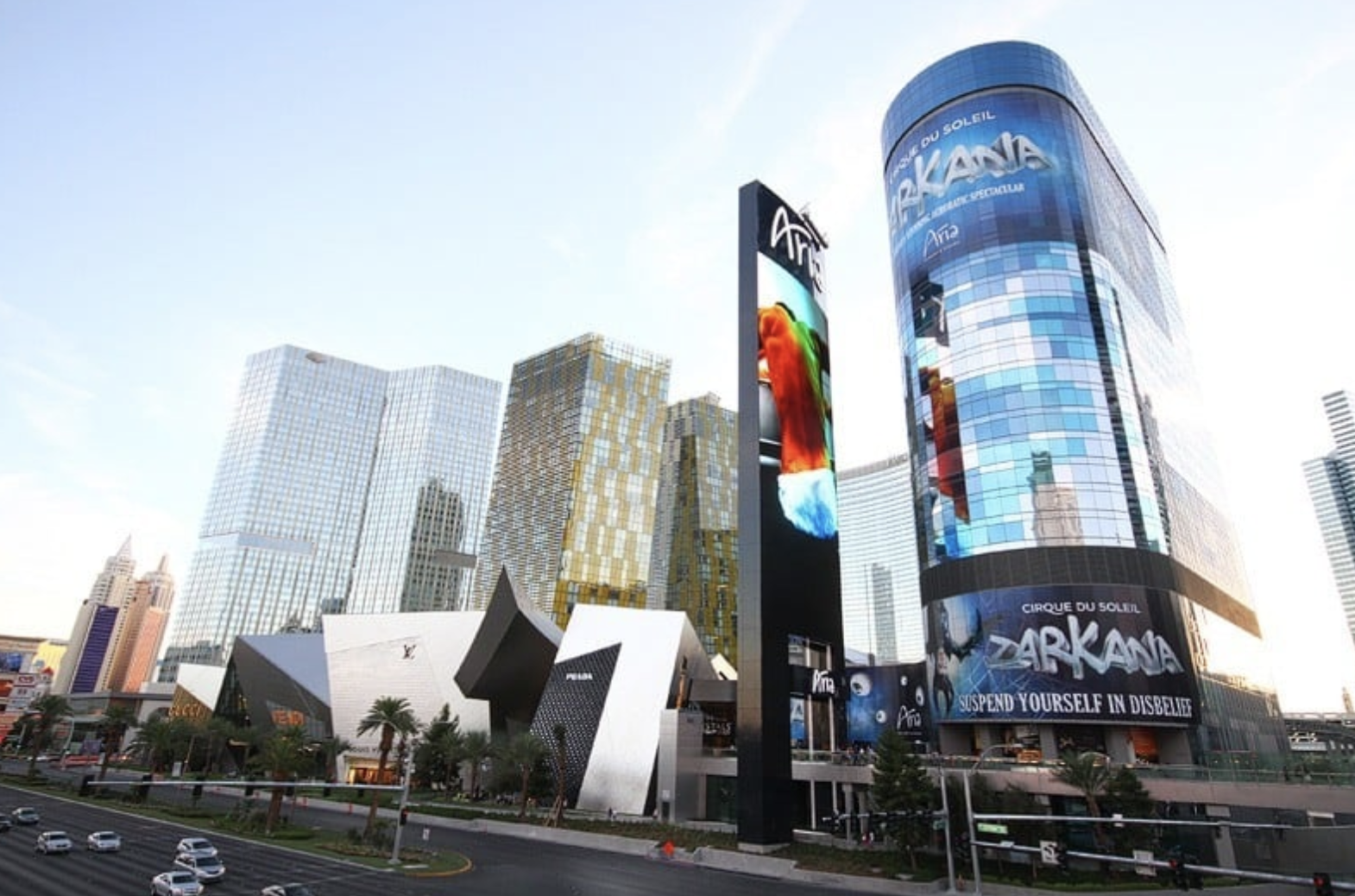Today we take a deep look into the world’s most expensive construction mistakes worth billions of dollars that have happened in the world. From skyscrapers to airports to hotels, let’s take a closer look at the world’s most expensive construction mistakes;
6. The Aon Center
The Aon Center which was once known as the Amoco building is a modern supertall skyscraper in East Chicago, Illinois in the United States built in 1974. It is considered as one of Chicago’s tallest structures. What made it stand out is its cladding with Carrara marble imported from Tuscany, making it the world’s largest marble-clad building. It was designed by architect firms Edward Durrell Stone and The Perkins and Will and completed in 1974. With 83 floors and a height of 1,136 feet, it is the fourth-tallest building in Chicago, surpassed in height by Willis Tower, Trump International Hotel and Tower, and St Regis Chicago.
The building started to form several cracks and it was later found out that the architects placed it above the function and they didn’t realise that. The Carrara marble which was used to construct the exterior of The Aon Center was thinner and lighter than more typical building materials. On December 25, 1973, during construction, a 350-pound marble slab detached from the façade and penetrated the roof of the nearby Prudential Center. The inspections were done in 1985 and it was found out there were numerous cracks in the marble cladding of the buildings. They added stainless steel straps to hold the marble in place at a high expense.
5. Berlin Brandenburg Airport
It was just a few days that remained before the airport could be opened, when the inspectors reported some 120,000 defects, including fire safety issues, automatic doors that didn’t open, and sagging roofs. It was also found that around 170,000 kilometres of cable installed in and around the airport were found to be dangerously wired and some lights couldn’t turn on/off.
The Berlin Brandenburg Airport is an international airport in Schonefeld, just south of the German capital Berlin in the state of Brandenburg. After nearly a decade of delays and billions of euros spent over budget, the long-awaited airport finally received its operational license in May 2020 and it was opened for commercial traffic on October 31, 2020, 14 years after construction started and 29 years after official planning was begun.
This was made into success after more than 9 tears to fix the problems. The project was delayed due to poor construction planning, execution, management, and corruption. Today, it is set to become the third busiest airport in Germany surpassing Dusseldorf Airport. Even though the airport has been in operation for almost one year and a half, it has a long list of problems and passenger complaints like lengthy check-in and security lines which led to missed flights and irate passengers, confusing layout and signage, cramped, dirty bathrooms and bacteria found in drinking water.
4. The Sydney Opera House
The Sydney Opera House is a world-class, award-winning building, and an iconic structure in Sydney, founded in October 20, 1973. It is a multi-venue performing arts center in Sydney located on the banks of the Sydney Harbor and it has received notable performances from world celebrities like Thin Lizzy, Ray Lawlers, Michael Buble, Nelson Mandela, Joan Sutherland and several others.
Even though it is considered as one among the world’s most famous and distinctive buildings and a masterpiece of 20th century architecture, it is not perfect. First, the original plan was to construct the building in 4 years and use an estimated $9 million budget, but in the end it took $141 million and 14 years to complete.
Second, the podium was found to be not strong enough to support the shells and needed extensive reworking as early as 1963. Then the problem of the shells, which were elliptical, parabolic and finally spherical, took six years to resolve.
The Opera House project failed because it did not follow any of the processes that normally signify proper project management and accounting processes, inadequate resource management planning resulted in no one dedicated person responsible for project activities, and the budget was at best.
3. The Deepwater Horizon
The deepwater horizon oil spill was a disaster that occurred on April 20, 2010, when a good blowout on the Deepwater Horizon Drilling platform in the Gulf of Mexico released over 4 million barrels of oil into the Gulf of Mexico. It is the largest marine oil spill in history. The Deepwater Horizon rig was owned and operated by offshore oil-drilling company Transocean and it was leased by oil company BP.
It exploded on April 20, 2010, after a surge of natural gas blasted through a concrete core and two days later the rig capsized as it was too weak to withstand the pressure and then the damaged pipe below the rig began spewing oil into the surrounding water. The oil continued to spill for 87 days where an estimated 377,514 metric tonnes were released according to court findings. The event killed 11 workers and injured 17.
To clean the oil from the open water, 1.8 million gallons of dispersants were pumped directly into the leak and applied aerially to the slick. Cleanup efforts were coordinated by the National Response Team, a group of government agencies headed by the U.S Coast Guard and the Environmental Protection Agency (EPA). BP, Transocean, and several other companies were held liable for the billions of dollars in costs accrued. Thousands of birds, mammals, and sea turtles were plastered with leaked oil.
reflective exterior located on the northeast corner of the project at the intersection of Las Vegas Boulevard and Harmon Avenue.
2. 20 Fenchurch Street
20 Fenchurch street is a commercial skyscraper in London nicknamed “The Walkie Talkie” due to its distinctive shape which people say resembles a two-way radio handset. It is a 38-story building which is 160m in height. It was built by architect Raphael Vinoly and opened in January 2015. Since 2017, it has been owned by Lee Kum Lee Groups, a Hong-Kong based food company that specialises in manufacturing a wide range of Chinese and Asian sauces.
The problem with this building is that the glass used for the façade is highly reflective to the point that some describe it as a magnifying glass. During the building construction it was discovered that for a period of up to two hours each day if the sun shines directly onto the building, it acts as a concave mirror and focuses light onto the streets to the south. Several temperature readings were spotted at street-level, which were 91 °C and 117 °C, which were observed during summer 2013 when the reflection of a beam of light up to six times brighter than direct sunlight shining onto the streets beneath damaged parked vehicles including one on Eastcheap whose owner was paid £946 by the developers for repairs to melted bodywork. Temperatures in direct line with the reflection became so intense that the reporter of City A.M. Jim Waterson managed to fry an egg in a pan set out on the ground. The reflection also burned and scorched the doormat of a shop in the affected area.
To solve this hazard, the owners erected a temporary scaffold shield to protect the street from the heat waves which were reflecting. In 2014, a permanent awning was installed on the south side of the higher floors of the tower.
1. The Harmon Hotel
The Harmon Hotel was a high-rise building in Paradise, Nevada. It was designed by Foster Partners as a non-gaming boutique hotel and was to be operated by Andrew Sasson’s The Light Group upon its completion. The building boasted an elliptical layout and highly
The project was halted indefinitely and on August 23, 2013, a Clark County court approved the tower's demolition as the building represented a threat to public safety due to the risk of collapse in an earthquake. The hotel was taken apart floor-by-floor due to its proximity to other buildings. The dismantling of the tower began in the summer of 2014 expected to cost $11.5 million and was completed in the fall of 2015. But in the fall of 2014, there was a legal dispute between City Center and the hotel's builders where each side accused the other of breaching contracts and sought damages as high as $400 million. The trial was expected to last a year. However, a settlement was reached a few months later. After the demolition of the Harmon, the foundation was filled in and the site was paved over to serve as an extension of the plaza for the nearby The Shops at Crystals. In April 2021, the site was sold to a developer who intends to build a retail complex on the site.
In conclusion, many of these were ultimately the fault of cost-cutting, poor management, and corruption. That’s why we see the same mistakes made again and again. Consequently, the next time you open up a newspaper and see a story about a “bungled” project, take a moment and reflect on the complexity of the undertaking. It’s important to understand that these mistakes didn’t come about in a vacuum. Each project faced its own set of challenges and their eventual mistakes are a result of these challenges.





